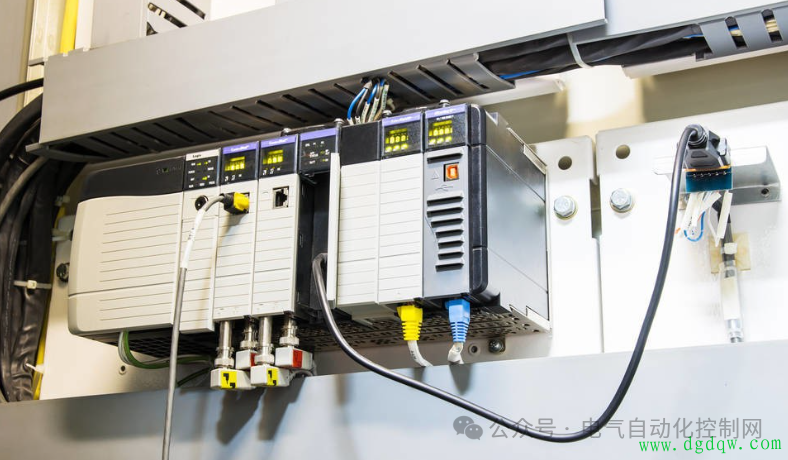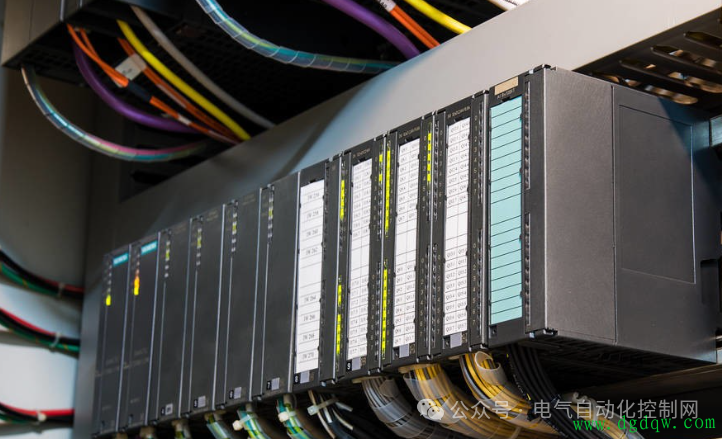In the vast realm of industrial automation, the PLC (Programmable Logic Controller) serves as a core figure, while PLC communication is the crucial link connecting various “combat units.” However, for many newcomers to the PLC field, the myriad of communication methods can seem like a fog, leaving them bewildered. Don’t worry, today we will embark on an in-depth exploration to uncover the mysteries of PLC communication!
1. Parallel Communication: The Art of Balancing Speed and Distance
Parallel communication is akin to a wide highway, allowing multiple lanes to operate simultaneously, resulting in incredibly fast data transmission! It can transmit a large amount of bit data at once, making it highly efficient. However, the construction and maintenance costs of this “highway” are not low, requiring numerous data lines to support it, and the transmission distance is relatively short.
In the world of PLCs, it is typically used for short-distance communication between internal components of the PLC or between the PLC main unit and expansion modules. Imagine if it were to connect devices over long distances; the costs and complexity would be daunting. Therefore, when choosing parallel communication, it is essential to carefully consider the actual transmission needs to avoid turning its advantages into disadvantages.
2. Serial Communication: An Economical Journey for Long-Distance Transmission
Compared to parallel communication, serial communication resembles an economical national road. Although its transmission speed is not as fast as that of parallel communication, it only requires one or a few wires to complete data transmission, significantly reducing costs while allowing for longer transmission distances.
This is like a long-distance trip; while it may take longer, it saves a lot of money. In PLC applications, serial communication is very suitable for long-distance communication between PLCs and host computers or multiple PLCs. Both parallel and serial communication have their merits, and the choice depends on your specific needs and usage scenarios.
3. The Mystery of Direction in Serial Communication
Serial communication can be divided into simplex and duplex modes, similar to the rules of one-way and two-way traffic. Simplex mode is like a one-way street, where data can only flow in one direction, just like a river that can only flow in one direction.
Duplex mode, on the other hand, is like a two-way lane, where data can flow in both directions. However, duplex can be further divided into full duplex and half duplex. Full duplex is like two parallel one-way streets, allowing data to be sent and received simultaneously, as efficient as two parallel highways. Half duplex is like a two-way lane, where only one direction can be used at a time, similar to a road that can only allow one-way traffic during certain periods.
In PLC communication, half duplex and full duplex are more common. Understanding these different “direction” modes allows you to choose the most suitable communication method based on actual needs, ensuring smoother data transmission.
4. Synchronous vs. Asynchronous: Different Rhythms, Each with Its Pros and Cons
The difference between synchronous and asynchronous communication is like a band playing together versus free dancers performing. Synchronous communication is like a band, where all instruments strictly follow a unified beat, working in harmony and achieving high efficiency, but it also has higher hardware requirements, just like a band needs professional instruments and sheet music.
Asynchronous communication, on the other hand, is like free dancers, each dancing to their own rhythm, with lower hardware requirements, allowing for more flexibility and freedom, but with relatively lower efficiency. In PLC communication, asynchronous communication is usually preferred because it is simple and easy to use, much like how most people prefer to dance freely.

5. Baseband vs. Broadband Transmission: Differences in Signal “Attire”
Data transmission is like conveying information, and baseband and broadband transmission are like dressing signals in different “clothes.” Baseband transmission is like wearing casual clothes, simple and direct, suitable for short-distance transmission, and low-cost, just like how we casually dress when taking a stroll nearby.
Broadband transmission, however, is like wearing formal attire, capable of achieving long-distance transmission but at a relatively higher cost, similar to how one needs to dress up for important events. In PLC communication, baseband transmission is usually preferred because it is convenient and practical, meeting most daily needs.

6. Common Types of PLC Communication: Three Major “Factions”
In practical applications, there are also some common types of PLC communication, such as RS232, RS485, and Ethernet. RS232 is fast but has a short transmission distance, like a sprinter with strong explosive power but insufficient endurance.
RS485 has a long transmission distance and strong anti-interference capability, like a marathon runner with lasting endurance, able to transmit data stably in complex environments. Ethernet is fast but relatively expensive, like a high-performance sports car that requires a corresponding price for speed.
7. Choosing the Right Communication Method: A Wise Decision Based on Local Conditions
There are many PLC communication methods, and there is no absolute good or bad, only what is suitable. When choosing, it is necessary to comprehensively consider multiple factors such as transmission distance, speed, cost, and reliability.
For example, if the transmission is short-distance and speed is a high priority, then parallel communication may be a good choice; if it is long-distance transmission with limited costs, serial communication would be more appropriate. This is like choosing a mode of transportation; for short distances, cycling is convenient and quick; for long distances, one can choose to drive or fly, balancing speed and cost.
The choice of PLC communication methods is a key link in industrial automation systems. Understanding the characteristics and applicable scenarios of various communication methods enables informed decisions in practical applications. I hope this article helps you find direction in the fog of PLC communication, allowing your PLC system to perform at its best. What PLC communication method do you use most often? Feel free to share your experiences and insights in the comments!
(If you have different insights, feel free to share your views in the comments)Thank you for reading this article, and don’t forget to click the share button in the bottom right corner! Like
Like Thumbs Up👍👇Click to follow and set as a star to receive updates first.If you find it useful, please give me a follow, thank you!
Thumbs Up👍👇Click to follow and set as a star to receive updates first.If you find it useful, please give me a follow, thank you!